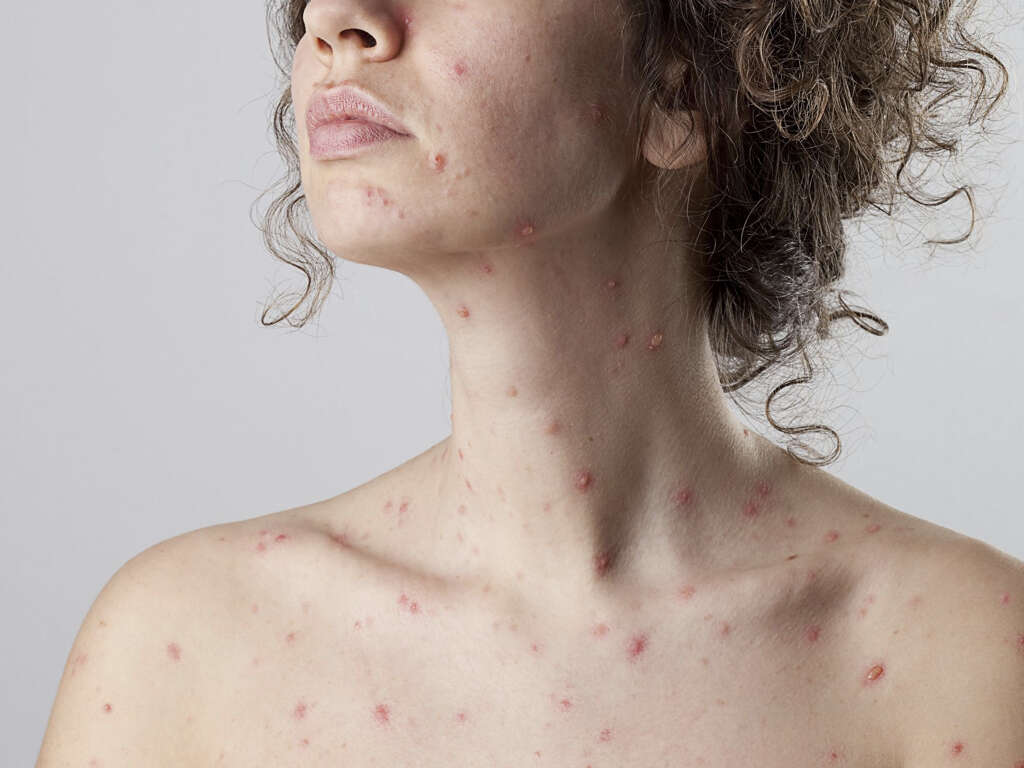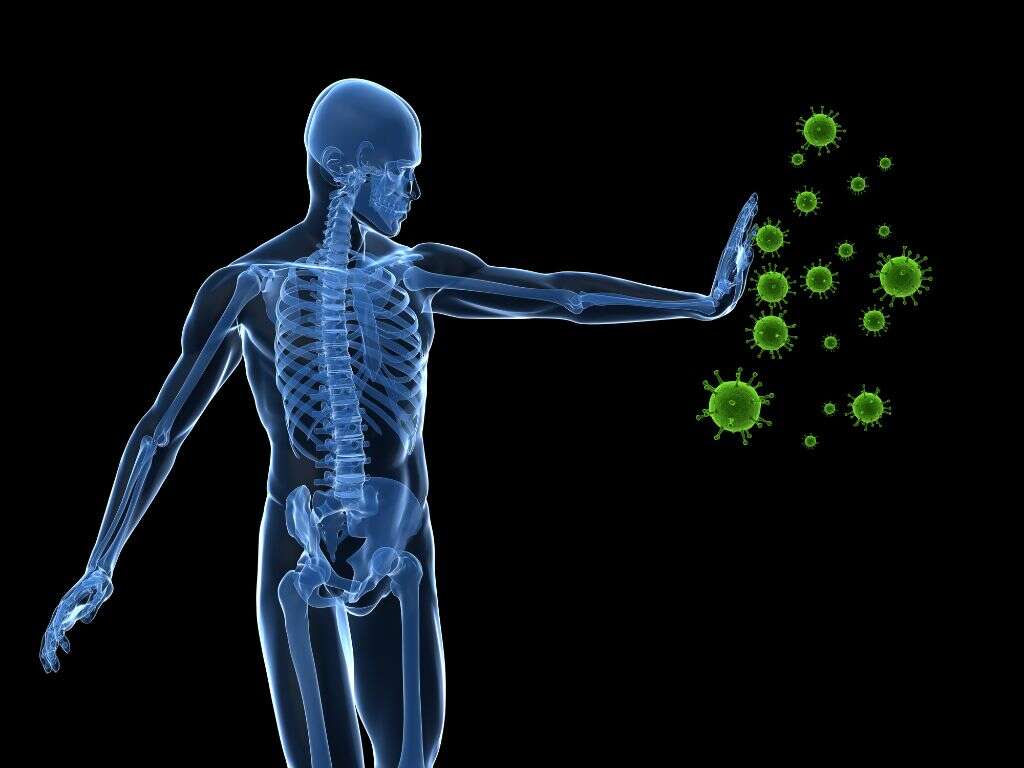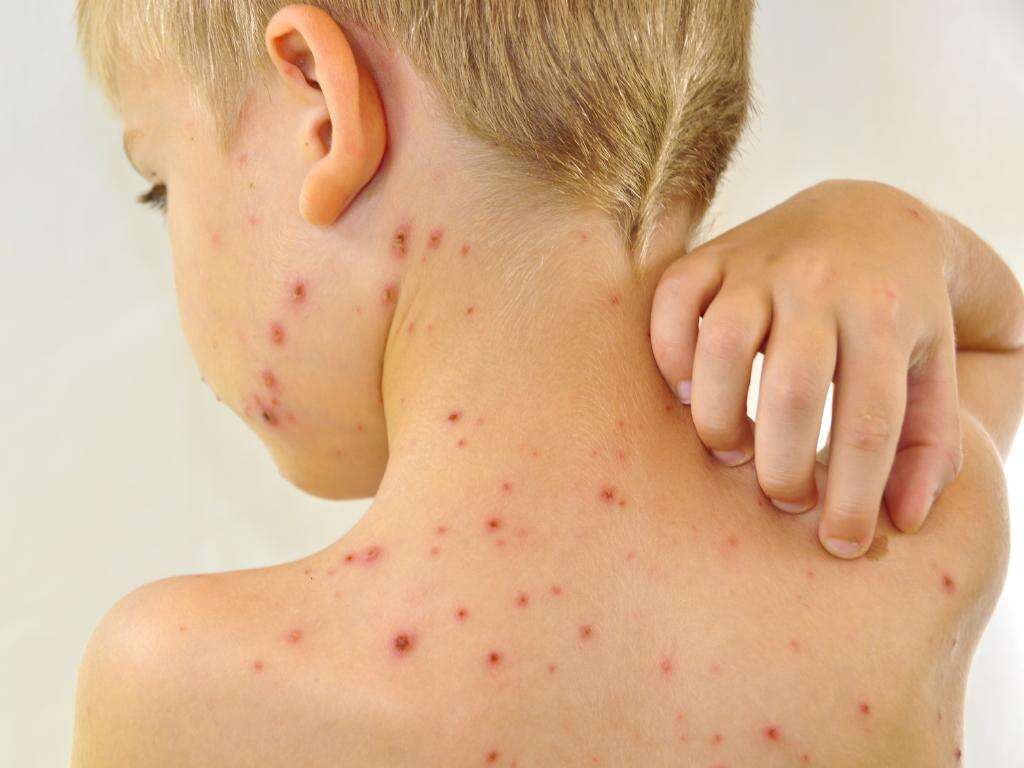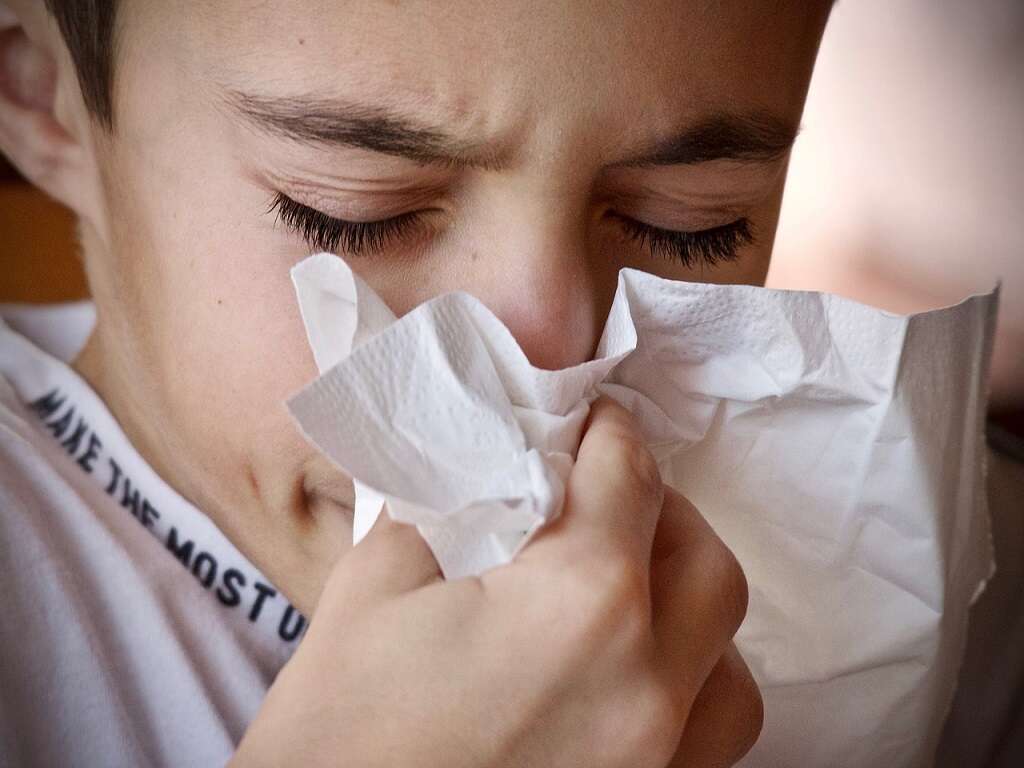10 Symptoms of Measles
Measles, once a common disease in many parts of the world, has largely been contained through vaccination. However, the disease has made a comeback in recent years. According to the Centers for Disease Control and Prevention (CDC) 644 cases of measles were recorded in the United States in 2014. This was about thrice the figures of infections in the previous year 1http://www.cdc.gov/measles/cases-outbreaks.html.
Measles is a dangerous childhood disease that affects nearly 20 million people around the world annually. It is caused by the measles virus which is transmitted through coughing or sneezing. The virus has an incubation period of 7 to 21 days and is so contagious that it infects about 90 percent of exposed susceptible persons. Most cases of measles occur in infants and children under five years old, malnourished children older than five years, adults older than 20 years and pregnant women 2http://www.cdc.gov/measles/about/transmission.html. Below are 10 common symptoms of measles.
Symptom #1: Red, Blotchy Rash
A red, blotchy rash that normally starts on the face before spreading down to the neck and onwards to the rest of the body is usually a symptom of measles. The rash begins as red patches that grow into bumps. The rash spreads to the rest of the body over a period of two to three days and remains for up to a week.
At around this time, the patient may have a high fever. As the fever subsides within a week, the rash begins to fade away, first from the face, and later from other parts of the body. The rash fades last from the thighs. As the rash fades, it leaves behind a brownish crust that makes the skin feel dry and flaky.
Symptom #2: Fever
Fever is a common symptom of measles. A fever occurs when the body’s defense mechanism fights against the disease-causing organisms. This means that more energy is applied to the fight against intruders as opposed to maintaining normal body functions including temperature. This can cause the body temperature to start dropping which may lead to chills and shivering as the body tries to generate more heat.
When this happens, the body temperature controlling center within the brain called the hypothalamus responds by adjusting body temperature upwards. This may cause body temperature to rise beyond normal resulting in fever. Measles can cause a fever that is as high as 104F or more.

Symptom #3: Teary Eyes
It is normal for tears to form in the eyes. However, if your child’s eyes are tearing when the child is not crying, this could be a symptom of measles. Tear glands, also known as lacrimal glands, produce tears to clean the eyes and keep them moist. When this happens normally, the eyes do not have a teary appearance.
Teary or watery eyes signify that there is a problem affecting the tear glands. Infection with measles virus can cause blockage or inflammation of the tear glands. This can lead to inadequate or excessive production of tears which can lead to watery eyes.
Symptom #4: White Spots
White spots inside the mouth are a common symptom of measles. The white spots, also known as Koplik’s spots, appear in the early stages of measles infection and are a reliable indicator of the disease. The spots look like small white grains of sand surrounded by red rings.
The spots are named after Henry Koplik, the New York pediatrician who was the first to describe the white spots. The Koplik spots usually occur on the inside surface of the cheeks against the first and second molars. In case your child has these spots in the mouth, it is prudent to consult your doctor or a pediatrician immediately.

Symptom #5: Sneezing
While it is normal to sneeze, some types of sneezing could be a symptom of measles. Sneezing is an involuntary impulse through which the body expels a powerful burst of air from the lungs through the nose and mouth. Sneezing usually occurs as a result of irritation of the mucous membranes lining the upper respiratory tract. The irritation is usually caused by something foreign like an odor or dust. Ordinary sneezing comes and goes without other symptoms.
However, if you notice recurrent sneezing, especially when accompanied by other measles symptoms, it is best to visit a doctor for assessment and treatment.
Symptom #6: Dry, Hacking Cough
An irritating, dry and hacking cough can be a symptom of measles. This does not, however, mean that every dry, hacking cough can be relied on to diagnose measles. It could also be a sign of another condition like the common cold.
Most viral coughs are short-lived and subside without treatment. But a cough due to measles is usually worsened by the accompanying irritation of the throat and the airways leading into the lungs. It may also be accompanied by other symptoms like conjunctivitis and fever. Besides, the irritation does not go away even after taking cough medicine. Using a humidifier can offer some comfort.

Symptom #7: Pink Eye
Inflammation of the eye leads to eye redness or pink eye. Pink eye is a common symptom of measles that occurs together with other symptoms. Inflammation of the lining of the white parts of the eyes and the inner surface of the eyelids known as conjunctiva leads to a condition known as conjunctivitis. This irritation causes the redness in one or both eyes.
Additionally, the eyes may be sticky and teary. Measles is not the only condition that can cause conjunctivitis. However, in case of conjunctivitis due to measles, the best way to deal with it is to keep the eyes clean using a clean cloth moistened with warm water.
Symptom #8: Body Aches and Pains
Measles, like many other infections, interferes with the functions of many body systems. This can lead to symptoms like body aches and pains which are not directly linked to the infection. Additionally, more energy is used by the body’s defense mechanisms to fight the infection. This can mean that body functions that are not directly involved in fighting the infection may be starved of energy.
Infection may also cause localized irritation. In case of measles, the throat, the rest of the upper respiratory system and eyes are usually irritated. The body may also go through shivering and fever. All these changes can lead to general body aches and pains.

Symptom #9: Runny Nose
While a runny nose is a classic symptom of a head cold, it may indicate infection by the measles virus. The condition, also known as coryza, arises as a result of the irritation of the mucous membranes within the nasal cavity. This can lead to overproduction of mucus, hence the runny nose.
Besides the runny nose, coryza can also cause the nose to turn red due to the irritation as well as the pressure caused by having to repeatedly clear the nose. However, for it to be considered a measles symptom, a runny nose will usually have to be accompanied by other symptoms.
Symptom #10: Photophobia
Photophobia is sensitivity to light. Photophobia can be caused by conditions that are either localized to the eyes such as irritation of the iris (also called iritis) or conditions that affect the body as a whole such as measles.
Measles can cause photophobia such that the patient is unable to tolerate light. As a result, the person with measles will tend to squint or close their eyes in order to reduce or cut out the light entering the eyes. Additionally, the patient may also experience nausea or headache. These symptoms worsen with increased brightness of the light. Photophobia is more common in individuals whose eyes are light colored than those with dark colored eyes.











